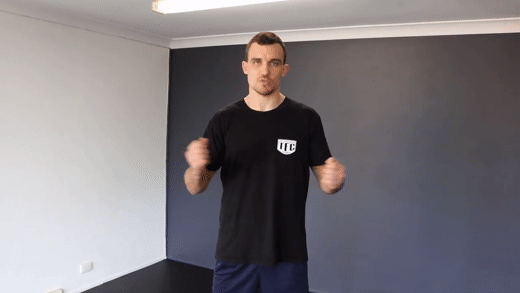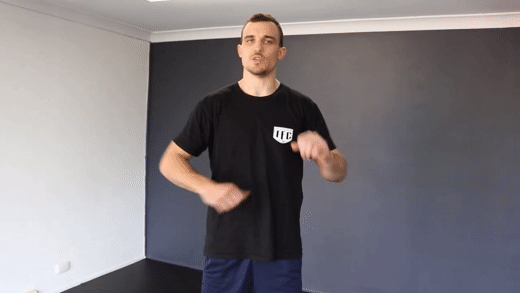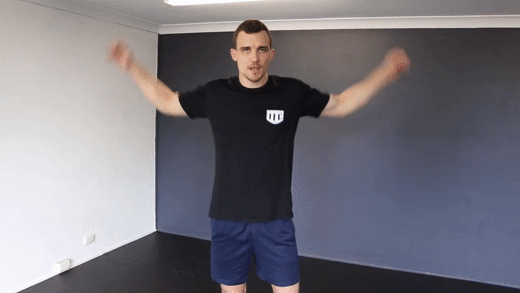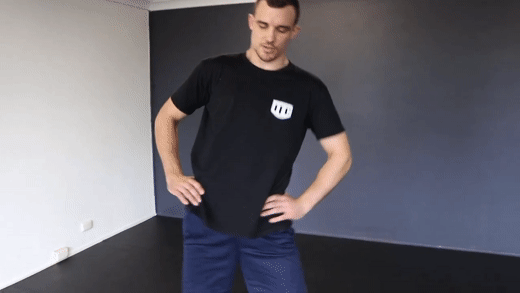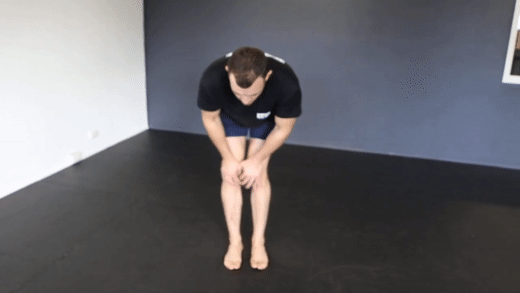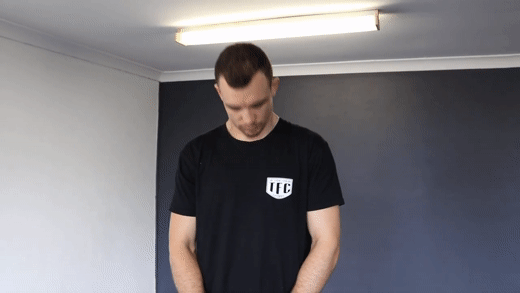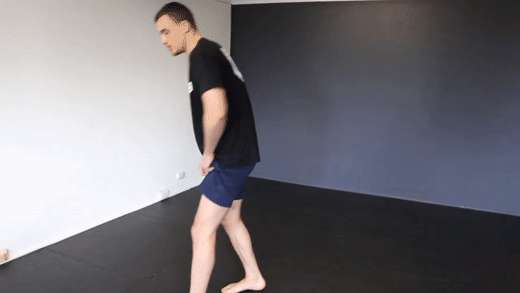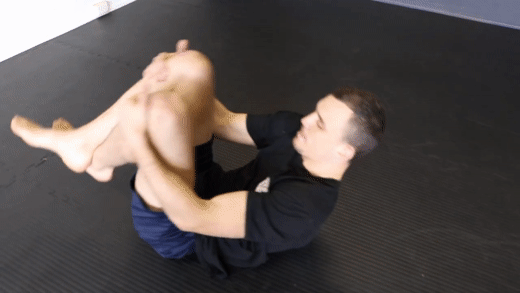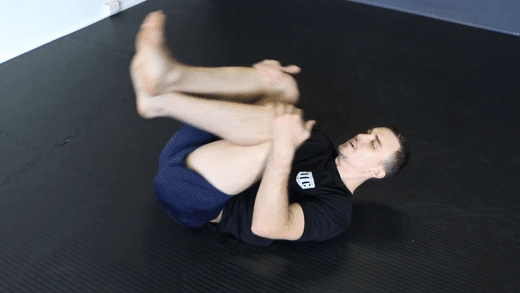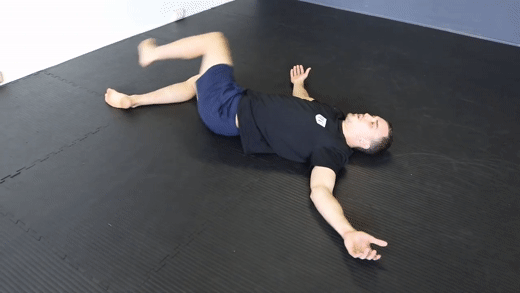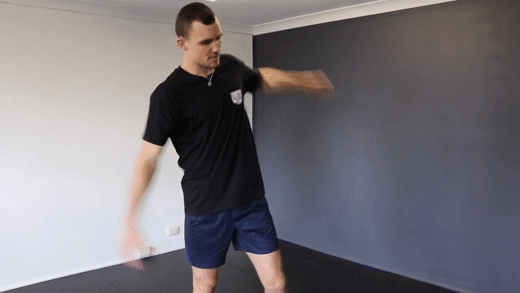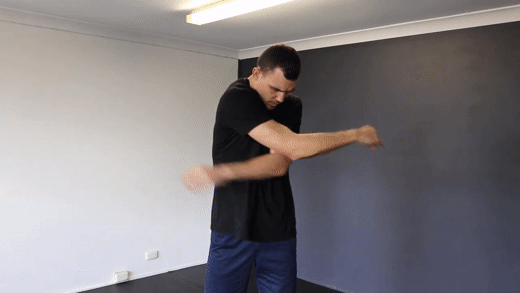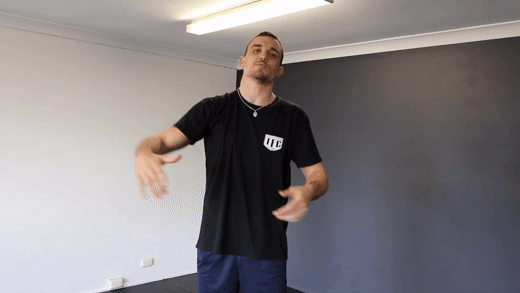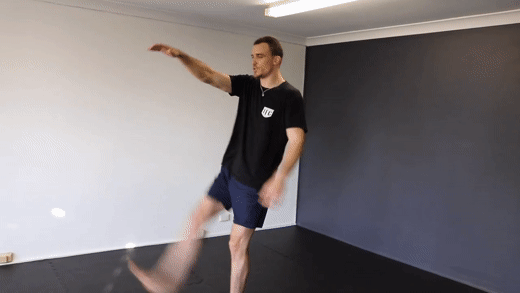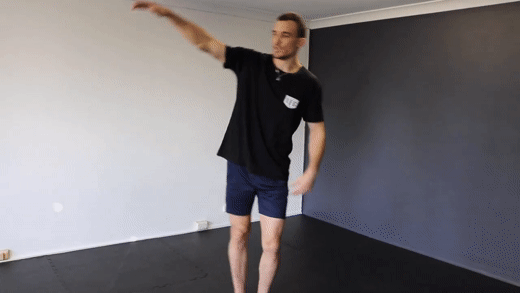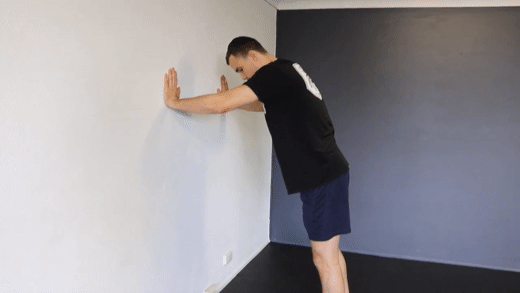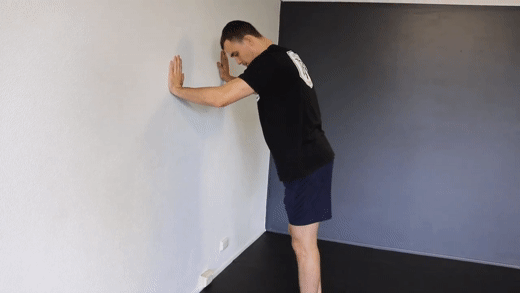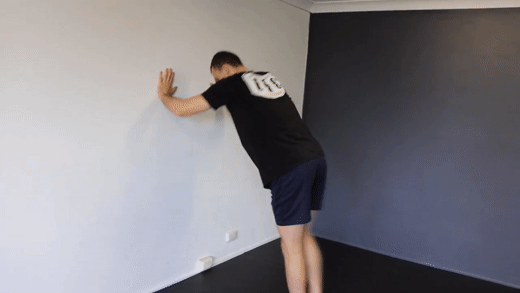Upcoming Events
No event available, please check back again, thank you.
Latest Articles
A Dynamic Warm Up With Muay Thai Stretches Will Keep Injuries Away
27 June 2017
Before a car race, the driver would run the engine at a controlled RPM to lubricate the engine, warm up the moving parts, and avoid damage. The human body needs a similar kind of pre-performance routine to avoid getting injured. That’s why the first thing you do in a Muay Thai class is go through a dynamic warm up exercise.
If an athlete wants longevity in their career, they can’t neglect their warm up routine. It must be a dynamic warm up that works the whole body, not just the areas that get the most wear and tear in their sport.
Skipping your warm ups can result to tight muscles. This may not sound like a big deal, but if it happens often enough, you’ll eventually strain or even tear your muscles. Aside from hurting like hell, these take a long while to heal. You may get out of commission for weeks, if not months. Just imagine how frustrating it would be unable to train for that long!
In this article, we’ll walk you through a dynamic warm up routine that’ll prep you for a high-intensity Muay Thai session.
-
Rotations
The dynamic warm-up starts like any other warm up. Take as much time as necessary on each joint until you feel them loosen up, which could be anywhere from 30 seconds to a few minutes. As you do your warm ups consistently, you’ll eventually start to recognise when your body starts to limber up.
- Wrists – With your forearms relatively still, move your hands in circles, then reverse to move the other way.
- Elbows – Now with your upper arms relatively still, move your forearms in circles, then reverse.
- Shoulders – Move your arms in big circles, but keep the movements controlled. Don’t swing your arms! Reverse after a while.
- Hips – Stand with your feet slightly wider than shoulder-width, then rotate your hips in big circles.
- Knees – Put your feet together and your hands on your knees, then move your knees in circles. Reverse.
- Neck – Start by looking left and right repetitively, then up and down. Finally, finish by moving your neck in circles, and don’t forget to reverse!
- Wrists – With your forearms relatively still, move your hands in circles, then reverse to move the other way.
-
Getting down on the ground
After performing circular movements, it’s time to take you through some more dynamic warm up movements.
- Start on your back and bring your knees to your chest.
- Roll gently back and forth, then side to side for about 20 seconds each.
- Once that’s done, stretch your arms and legs out.
- Bring your left foot up and your right hand towards your toes, then slowly bring them back down.
- Bring your right foot up and left hand up towards toes, then slowly bring them back down again.
- Perform this at least ten times for each leg.
You don’t need to touch your toes with your hands. Keep your muscles relaxed through the movements without straining. As you repeat it, you’ll notice the comfortable range of how close your foot gets to your hand increases. The more consistent you are doing this before each class, the sooner you’ll see improvements in your flexibility.
- Start on your back and bring your knees to your chest.
-
Swings
The last part of our dynamic warm up routine promotes swinging. Still, remember to be careful not to overextend your muscles. Keep your swinging controlled to avoid pulling your muscles.
- Chest and biceps – Stand up straight and swing your arms out to the sides, as far back as they can go. We call this the Jesus Christ pose.
- Back – Keep your arms straight and swing them forwards and inwards. You’ll end in a position which looks like you’re giving yourself a hug.
- Do this back and forth a few times, starting easy and building up intensity.
- Tricep – Start by extending your arm up as if reaching for the sky. Keep your upper arm still as you swing your forearm down in a flicking motion to touch the shoulder on the same side. Do this a few times, then switch to the other arm.
- Hamstring – Hold a hand out in front of you, then swing your leg up to touch your toes. It’s fine if you can’t reach. The point is to swing and stretch the muscle dynamically. Do it a few times on the other leg too.
- Adductor – Hold a hand outstretched to the side, and swing your leg as high up as you can. Do it a few times and repeat on the other side.
- Glutes – Find a wall to lean your hands up against. Keeping your knee at a 90 angle, flick your foot up towards the opposite shoulder. You won’t get anywhere near touching, but it’s the movement that counts. Do it again on the other side.
- Quads – Keep your thigh still and kick your heel up towards your butt. Repeat a few times and do it again on the other leg.
- Hip flexor – Place your hands on the wall for support. Stand with your feet together, and lift a straight leg backwards and upwards. Repeat a few times and move to the other leg.
- Chest and biceps – Stand up straight and swing your arms out to the sides, as far back as they can go. We call this the Jesus Christ pose.
-
Final Thoughts
The first step is always the hardest, but once you get started, the momentum will keep you moving. When you do your dynamic warm up, you’ll find that it feels great and makes the workout that follows much easier.
Set aside 15 minutes before class starts, or even longer if you’re on the older side. Not warming up correctly is one of the highest causes of training-related injuries. So if you want to be back in the gym tomorrow, start those dynamic movements before you go around hitting things!
Wait, what about static stretches? Generally speaking, static stretches should be reserved for after your workout. Holding a still position through a stretch can decrease elasticity and responsiveness in your muscles.
Of course, there some exceptions. For example, if you find a muscle that’s particularly tight, a static stretch specific to that muscle may help release the pressure. If you want to learn more about stretching, Thomas Kurz’s Stretching Scientifically is a good book to read.
If you liked this article, you might like…
DOMS and 3 Activities to Boost Muscle Recovery
